It’s easy to see why coffee enthusiasts often order an espresso or cold brew. Both coffee drinks have rich flavor and taste great straight or with milk.
But if you are starting to explore the coffee world, you might wonder what the difference between cold brew and espresso is. Is cold brew the same espresso poured over ice? Do they taste similar? And do they have the same amount of caffeine?
Find the answers to these questions as you read about the key differences between cold brew vs. espresso!
What is cold brew?
Cold brew coffee is made by steeping coarsely ground coffee in cold water for 12 hours or more. The cold extraction process is very slow compared to hot-water coffee brewing.
The cold brewing process gives the drink a uniquely smooth taste with low acidity, making it a popular option on coffee shop menus worldwide. Cafes serve cold brew in varying sizes, from a regular 8 oz coffee cup to 31 oz Trenta at Starbucks.
With its higher levels of caffeine and cool temperature, cold brew is many coffee enthusiasts’ favorite refreshing energy booster, especially on a sweltering summer day.
The cold brewing process was invented in Japan by the 17th century, although the Japanese originally used it to prepare tea. Around the same time, Dutch sailors enjoyed boiled-down coffee concentrate they could dilute and drink without making fire on board a ship.
Once the Dutch introduced coffee to the Japanese, they began to use their cold brewing methods with ground coffee beans instead of tea leaves. Through the years, they even invented a slow-drip cold brew system, which you may have seen in specialty coffee shops.
Today, cold brew coffee is available in many variations, poured straight over ice, flavored with orange or syrups, or served as a nitro cold brew. Serious coffee fans can make it at home with coffee grounds steeped in a special cold brew coffee maker, French press, or a simple mason jar.
Cold brew is sometimes confused with iced coffee, but there is a major difference between them. Iced coffee is brewed using hot water and then served over ice, while the cold brew is steeped in cold water overnight, which makes it richer in flavor.
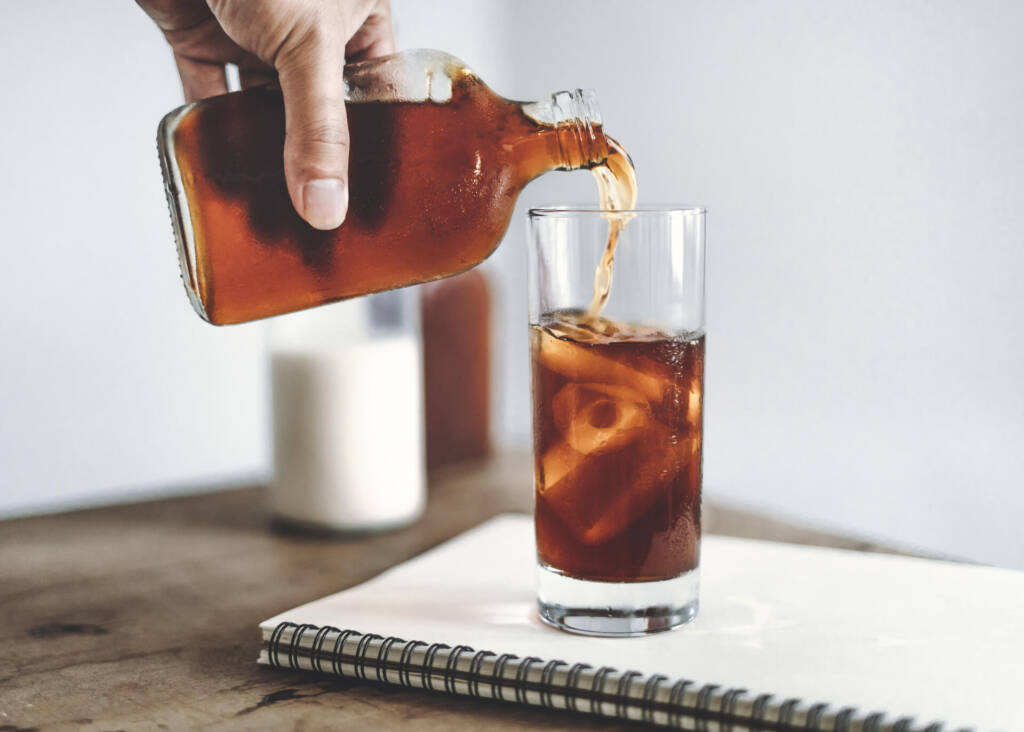
What is espresso?
Espresso is a concentrated coffee extracted in seconds using an espresso machine. It relies on high pressure and a near-boiling water temperature and requires finely ground coffee beans. This brewing method originated in late-19th century Italy.
Pulling a single or double shot of espresso is a very fast process that results in a thick coffee with the characteristic head of golden crema. Well-brewed espresso has a strong taste and aroma, medium-high acidity, and intense dark color.
Due to its potency, espresso is served as a 2 oz shot in a small cup. However, some of the world’s most famous coffee drinks have an espresso base, such as lattes, cappuccinos, and flat whites.
Espresso’s versatility and delicious flavor have made it a favorite among coffee drinkers. The tiny espresso cup could be considered a global symbol for drinking coffee.
However, espresso’s popularity has also led to some confusion about how it’s made. While strong coffee made with a Moka pot is sometimes called “espresso,” to make thick espresso with golden crema, you need a good quality espresso machine.
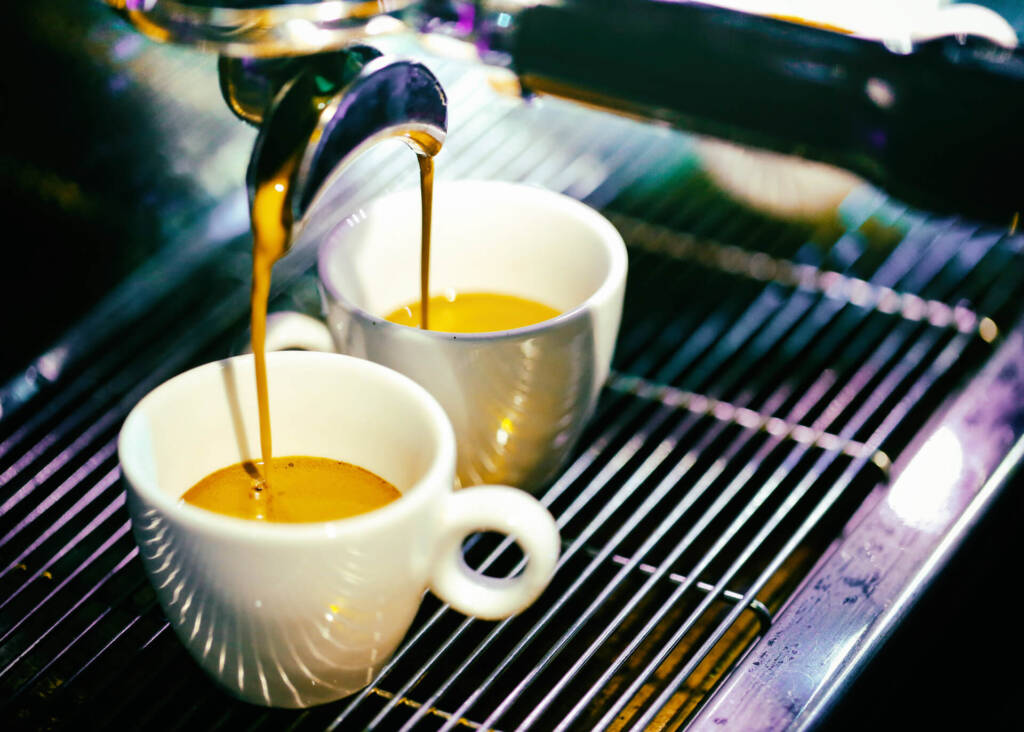
Cold brew vs. espresso: what makes them different
Cold brew and espresso are bold coffees that taste great, plain or with add-ins. But that’s where the similarities end.
A few differences between the two beverages give them their unique taste and characteristics. Let’s compare cold brew and espresso to determine what sets them apart.
Taste
Cold brew coffee and espresso are two very different methods of brewing coffee, which can result in different taste profiles. Cold brew is smoother, sweeter, and less acidic, while espresso is strong, rich, and full-bodied, with distinct flavor notes.
Espresso is much thicker in consistency and has a smooth texture. It is dark brown or almost black, with a defining layer of tawny, flavorful crema floating on the top.
Cold brew texture is thinner and more watery. Regular cold brew has no crema, although nitro cold brew will have a thick foamy head, like stout beer.
Compared to espresso, cold brew has less bitterness. You may taste earthy notes, such as cocoa or nuts. Since it is made with cold water, there is no steam to carry aromatic compounds to your nose, giving cold brew coffee a faint or almost nonexistent aroma.
A shot of espresso has a rich flavor. Depending on the coffee origin, variety, processing method, and roasting profile, you can spot the full spectrum of tasting notes, from chocolate, caramel, and cinnamon to berries, citrus fruit, and jasmine.
You will taste sweetness, acidity, and bitterness simultaneously, but if the espresso is prepared well, it will be well-balanced, and none of the flavors will be overpowering.
Compared to cold brewing, espresso machines produce a much more acidic coffee. Coffee beans release more acidic compounds in hot water, so as you force hot water through coffee grounds to make espresso, it often has a relatively high acidity.
Cold brew coffee doesn’t need hot water (unless it’s cold brew concentrate), so it’s much less acidic and easier on your stomach. This makes cold brew healthier for those with sensitive tummies.
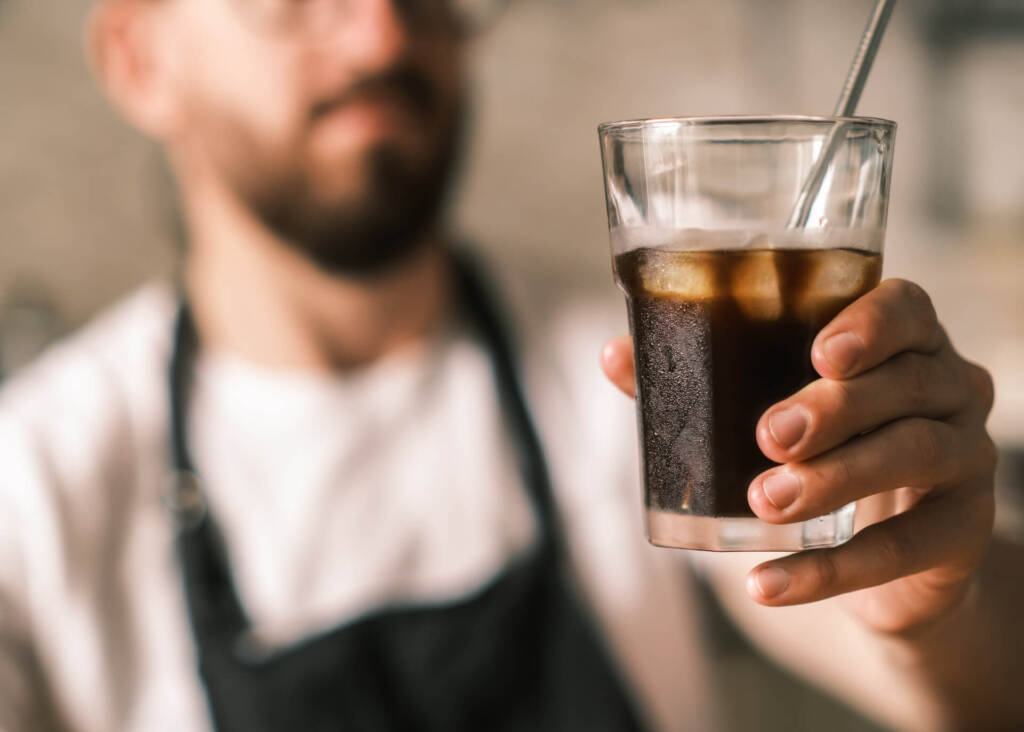
Caffeine
Are you wondering how much caffeine cold brew and espresso have? You may be surprised that cold brew coffee has more caffeine than espresso.
It’s a common misconception that espresso is the holy grail of strong coffee, but its caffeine level is actually rather low. On average, a single espresso (1 oz) has 64 mg of caffeine. Even if you order a double shot, that still only comes to 128 mg of caffeine.
Meanwhile, an average 8 oz cup of coffee has around 95 mg of caffeine. So despite many coffee enthusiasts saying they can’t start their days without a strong espresso, it has less caffeine than regular coffee.
Long extraction time and more coffee beans during brewing make cold brew stronger than espresso or regular coffee. An average 16 oz serving of Starbucks cold brew has around 200 mg of coffee — worth multiple espresso shots.
So, with cold brew vs. espresso, caffeine levels vary rather starkly. But if you need an energy burst to get over a poorly slept night, which one should you order?
Ounce for ounce, an espresso shot has more caffeine. But you never order only one ounce of cold brew, so given the coffee quantity you consume, cold brew is a better way to boost your caffeine intake than espresso.
That said, many people drink their espresso mixed with milk. You can have two or three espresso shots in drinks like a flat white or extra strong latte, resulting in more caffeine than a cold brew.
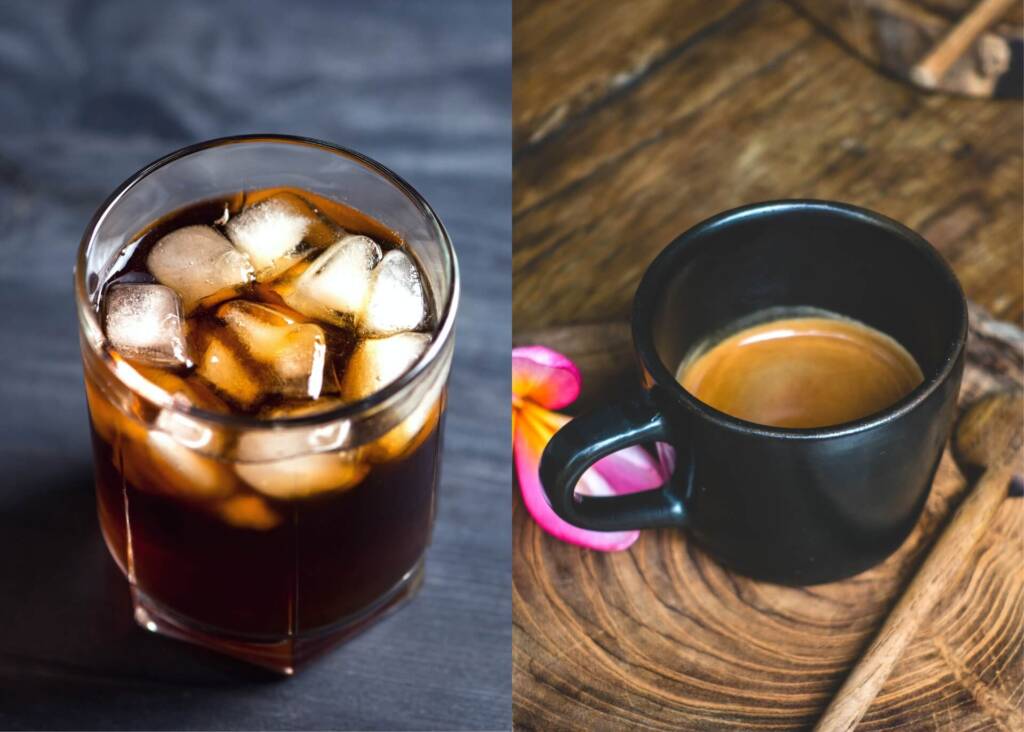
Roast level
Espresso coffee is often prepared with dark-roast beans, whereas cold brew is made with light or medium roasts. The use of darker beans contributes to espresso’s more bitter flavor.
This rule is not set in stone, though. Your roast level choice should ultimately be based on your preference for coffee flavor. You can make a delightful espresso or cold brew with any roast level.
Don’t get surprised if you stumble upon dark-roasted coarse-ground coffee for cold brew. Similarly, medium-roasted, finely ground coffee beans are available for those who love coffee with less bitterness and more sweet notes. In fact, Italian baristas swear by using medium to medium-dark roasts to make authentic espresso!
A different roast level will give the final brew a different flavor profile, so there’s a lot of room for a home barista to experiment.
And if you make a cold brew or espresso that doesn’t satisfy you when you drink it straight, you can always improve it with milk or other coffee add-ins, such as lemon or your favorite syrup.
Medium-roasted coffee beans can be a great starting point for espresso-based drinks. And if you enjoy a stronger flavor but want cold coffee, try making a cold brew with darker beans.
Note that the roast level affects how much oil coffee beans have on their surface. Darker roasts are more oily than lighter ones. If you regularly use dark roasts, clean your espresso machine or mesh cold brew filter well to avoid the accumulation of residual oils.
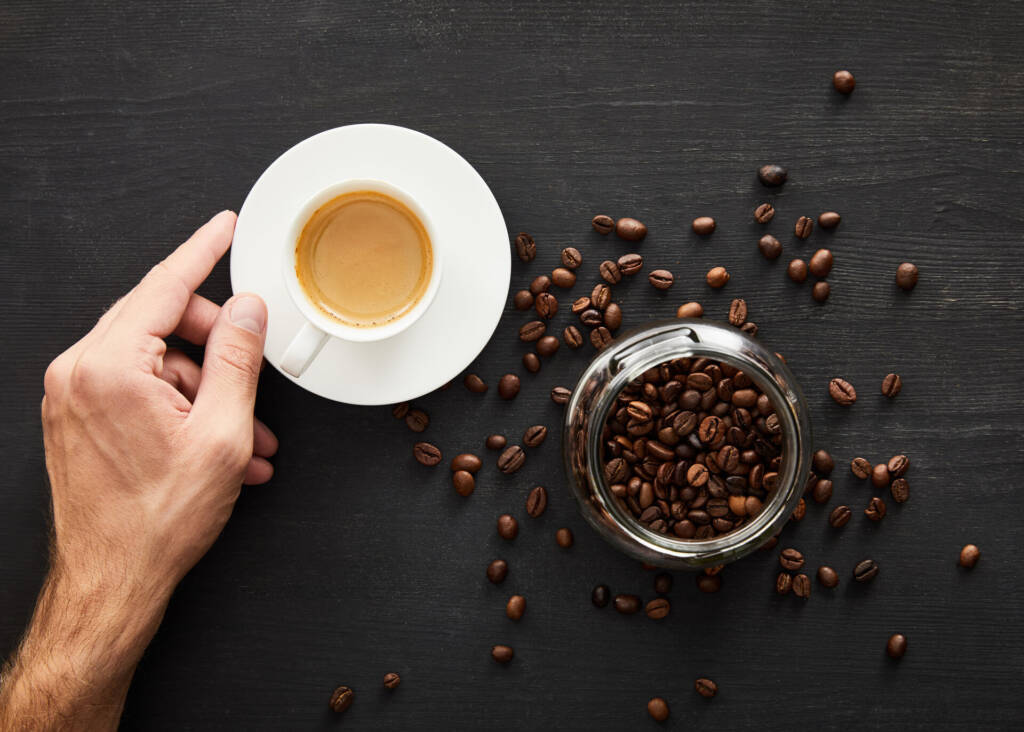
Grind size
The coffee grind size is an essential difference between cold brew and espresso. You need coarse ground coffee for cold brew. Meanwhile, espresso requires finely ground coffee beans.
The best coffee for cold brew is coarse ground due to its long brewing process. If you use a fine grind, you’ll end up with an over-extracted and bitter drink. The mesh filter in cold brew coffee makers is not very fine, so if you attempt to use finely ground beans, you will end up with muddy coffee in your cup.
Unlike cold brew, espresso is prepared very quickly. As such, it requires a much finer grind size.
The pressurized water will simply shoot through the grinds if you try making espresso with a coarse grind. You will end up with a watery coffee that tastes sour.
A fine grind size allows tamping of the coffee tightly in the portafilter. This way, the water has enough resistance that helps better extraction.
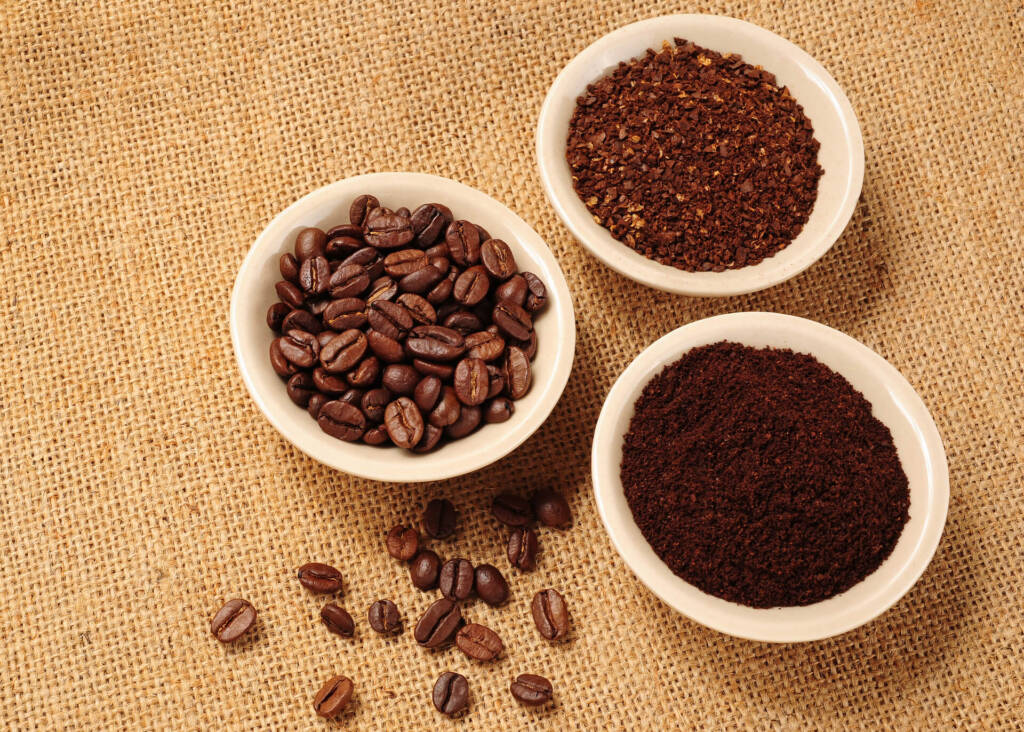
Brewing temperature
While cold brew is made with room temperature water, pulling espresso requires water heated nearly to the boiling point.
When the extraction starts, the water for cold brew should be at room temperature, around 68° F (20° C). As the brewing process continues in the fridge overnight, the water temperature will drop to approximately 41 °F (5° C).
Cold water extraction results in cold brew’s defining mellow taste and high caffeine content. Because hot water extracts more acidic compounds, cold brew is less acidic. Also, cold water preserves more antioxidants in coffee.
Espresso is typically brewed with 200°F (93°C) water, just below the boiling point. This temperature helps extract the optimal flavor compounds from the coffee grounds. The high temperature also produces crema as tiny gas bubbles get caught in coffee oils from fresh coffee beans.
While espresso is usually served hot and cold brew is consumed cold, you can also heat it up. It can be a lifesaver on a chilly morning when you want a quick caffeine fix and have a bottle of cold brew in your fridge.
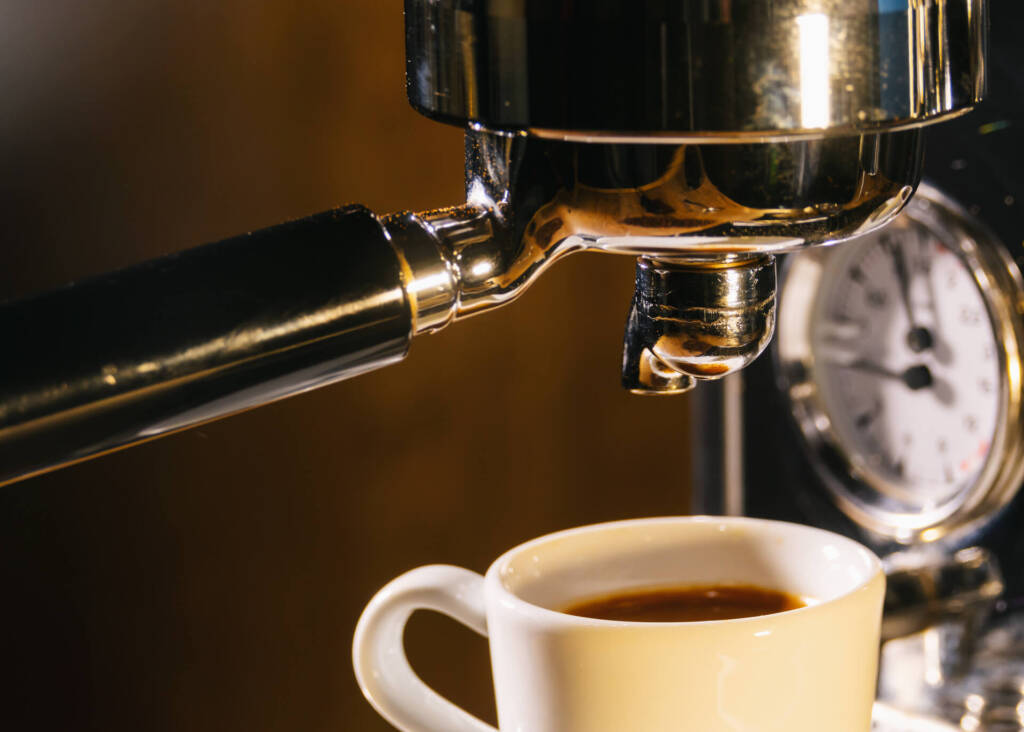
Brewing time
Pulling a shot of espresso takes 25-30 seconds while preparing a cold brew takes 12-24 hours.
Thanks to high temperature and pressure, espresso machines are very fast at making coffee. The accelerated process gives espresso its intense flavor.
Cold water can’t extract coffee compounds quickly, so cold brew takes longer. Yet, it also allows you to control the beverage’s strength easily.
Let the drink steep overnight for at least eight hours for a weaker coffee. Or, if you prefer strong coffee, let the coffee grounds sit in your fridge for 24 hours to make cold brew concentrate.
So, in the cold brew vs. espresso battle, which one wins? Cold brew coffee is your best bet if you prefer a smooth, refreshing, and less acidic drink with plenty of caffeine. Espresso is a short yet concentrated drink if you are in a rush and need a quick caffeine fix. However, it can be quite acidic for those not used to drinking strong coffee. If you are worried about it, you can always ask for some milk on the side when ordering your coffee so you can dilute it after trying a sip.
